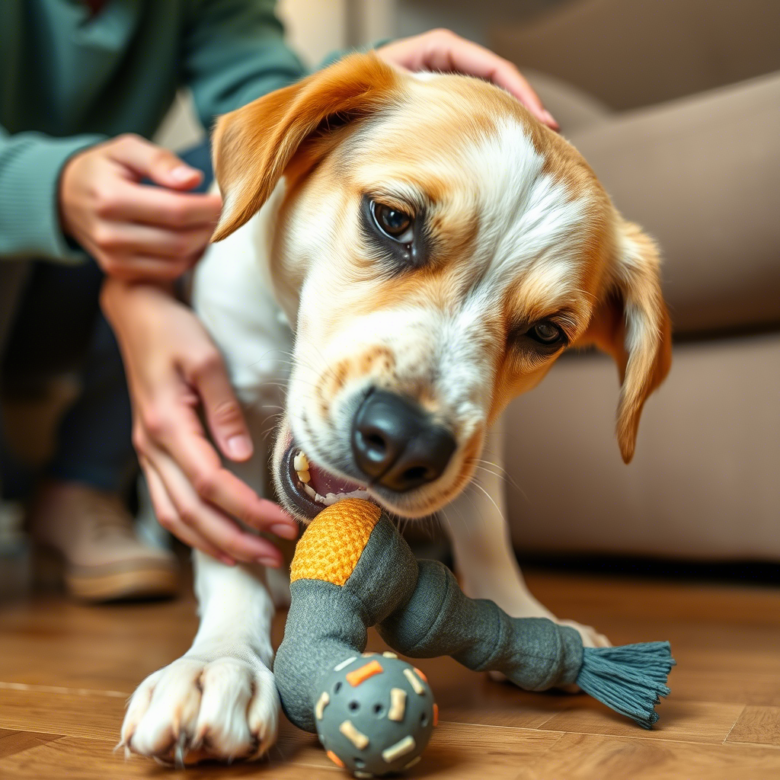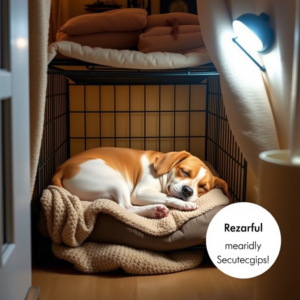Many pet owners struggle with their dogs and cats chewing, scratching, or destroying household items. While this behavior is natural, it can be frustrating and costly. In this guide, we’ll explore why pets engage in destructive behavior and how to stop it.
1. Understand Why Your Pet is Being Destructive
Pets don’t destroy things out of spite. Some common reasons include:
- Teething (for puppies and kittens): They chew to relieve discomfort.
- Boredom: Lack of stimulation can lead to destructive habits.
- Anxiety or Stress: Separation anxiety can cause pets to chew or scratch.
- Hunting Instincts (for cats): Scratching is a natural way to mark territory.
- Lack of Training: Pets need to learn what is and isn’t allowed.
2. Provide the Right Chew Toys and Scratching Posts
If your pet has a habit of chewing or scratching, give them appropriate alternatives:
- Dogs: Provide sturdy chew toys, bones, or rubber toys to keep them entertained.
- Cats: Invest in scratching posts, cat trees, or cardboard scratchers to satisfy their natural instincts.
Tip: Rub catnip on scratching posts to encourage use.
3. Use Positive Reinforcement
Instead of punishing your pet for bad behavior, reward them for good behavior:
✔ Praise and give treats when they use their toys instead of furniture.
✔ Redirect their attention when they start chewing or scratching something inappropriate.
✔ Use clicker training to reinforce positive habits.
4. Keep Your Pet Mentally and Physically Stimulated
Many pets act destructively out of boredom. To prevent this:
- Take dogs for daily walks and play sessions.
- Provide interactive toys and puzzles to keep their minds active.
- Rotate toys regularly to maintain interest.
- Play with your cat using feather wands, laser pointers, or interactive toys.
5. Protect Your Furniture
If your pet insists on scratching or chewing furniture, use these strategies:
- For dogs: Apply pet-safe bitter sprays on furniture legs to discourage chewing.
- For cats: Use double-sided tape or furniture protectors to prevent scratching.
- Cover furniture with washable covers if your pet loves lounging on it.
6. Address Anxiety Issues
If your pet is destructive due to anxiety, try these methods:
- Use calming sprays or diffusers with pheromones.
- Leave a piece of clothing with your scent when you’re away.
- Try crate training (for dogs) to create a safe space.
Final Thoughts
Destructive behavior is common but manageable. By understanding the cause, providing alternatives, and using positive reinforcement, you can protect your home while keeping your pet happy.



